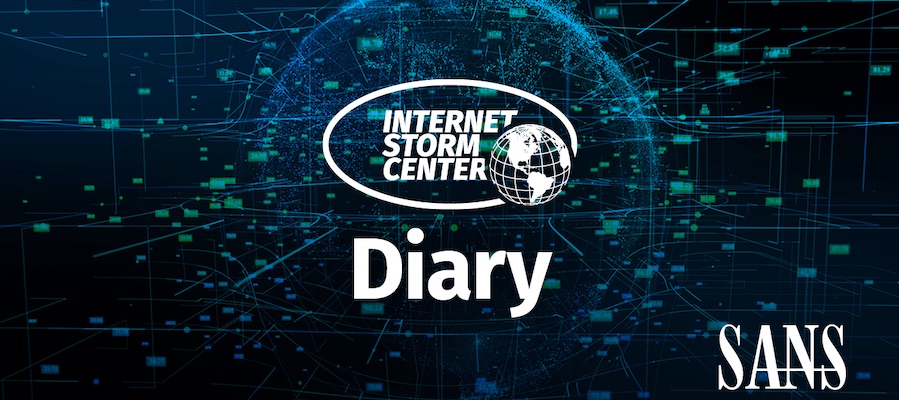I published the following diary on isc.sans.edu: “Another File Extension to Block in your MTA: .jnlp“: When hunting, one thing that I like to learn is how attackers can be imaginative at deploying new techniques. I spotted some emails that had suspicious attachments based on the ‘.jnlp’ extension. I’m pretty sure


